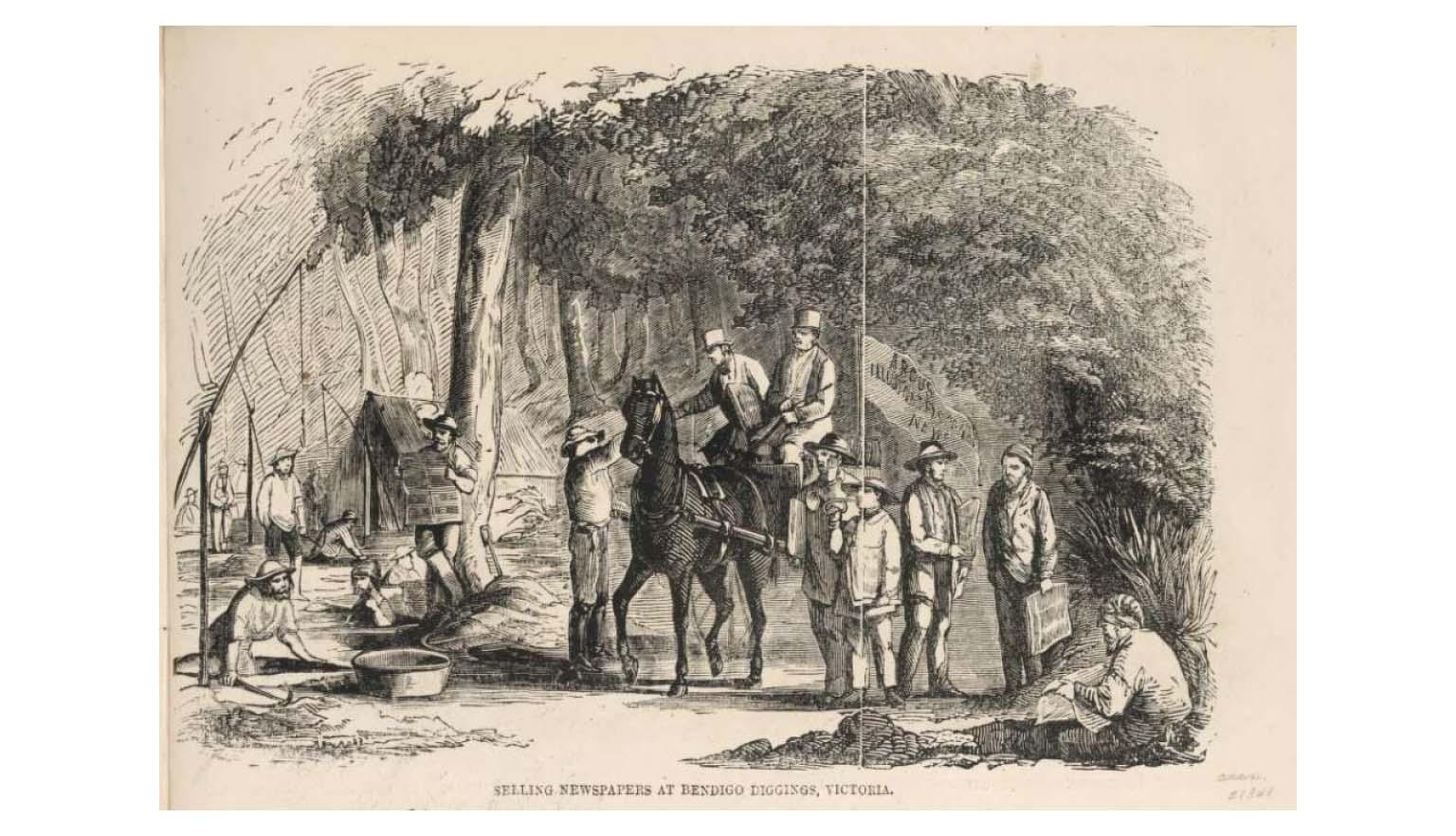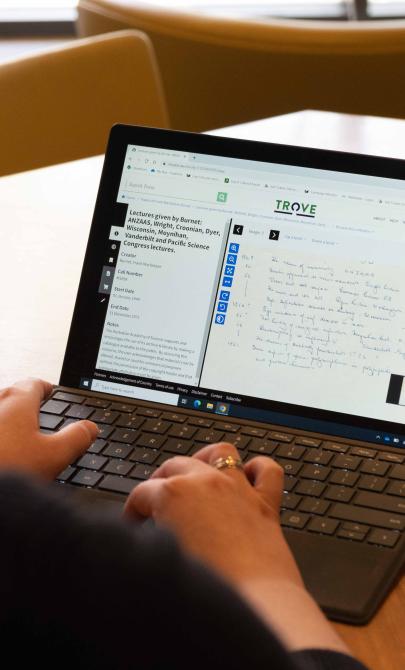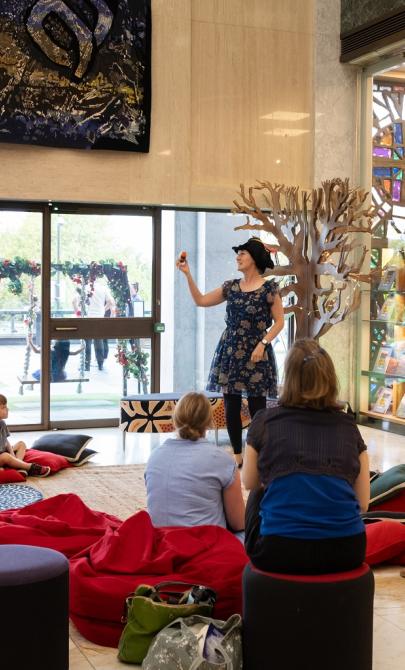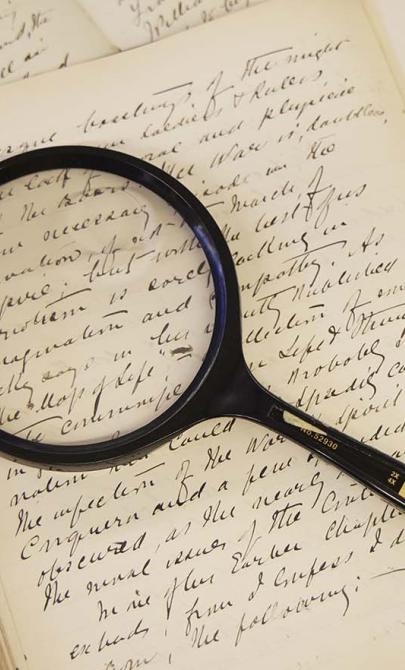Language in print
About this module
The Australian Curriculum: Languages learning area recognises that students bring their own linguistic and cultural background to their learning, whether this is English or the target language or various combinations of languages. The organisation of the curriculum addresses learner background in the target language by providing a number of pathways and entry points of study to cater for background language learners, first language learners and second language learners.
This module aims to provide instructors and students with direct access to Australian news publications written in a range of languages studied in Australian schools. This module includes resources relating to: Arabic, Chinese, French, German, Italian, Japanese, Modern Greek and Turkish.
Copyright for teachers
You can download all collection materials in this resource for education purposes. For more information, go to copyright for teachers.
Newspaper resources
We hold more than 10 million items. We focus on documenting the lives and experiences of Australians. Because Australia is multicultural, our collection includes many resources in languages other than English—such as newspapers and other publications.
You can build your language skills by reading and interpreting real-world texts from our digitised newspaper collection. These newspapers—both historical and current—help you explore the cultural and social context of the language you're learning. This supports a deeper, more rounded understanding of the language.
We’ve linked newspapers in seven languages taught in Australian schools. You can also explore other languages in our collection. Use the Library’s catalogue and apply the ‘Language’ filter (on the right-hand side of the results list) to find resources in the language you're studying.
Topics in this module
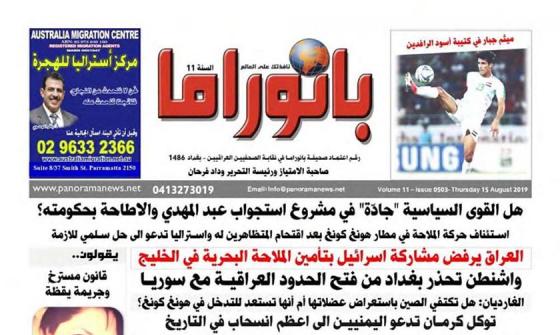
(2008). The Australian panorama Arabic newspaper. [Panorama Arabic Newspaper], [Parramatta, New South Wales] https://www.panoramanews.net nla.gov.au/nla.obj-747828340

The English and Chinese Advertiser (Vic.: 1856–1858), p. 1., 7 August 1858, nla.gov.au/nla.news-page15910530
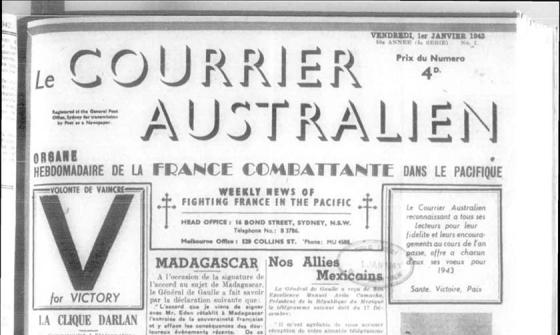
LA CLIQUE DARLAN, Le Courrier Australien (Sydney, NSW : 1892 - 2011), 1 January 1943, nla.gov.au/nla.news-article161749598
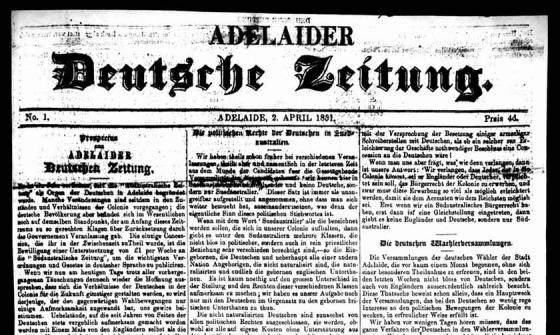
(1851). Adelaider Deutsche Zeitung (SA: 1851–1862), nla.gov.au/nla.news-title277
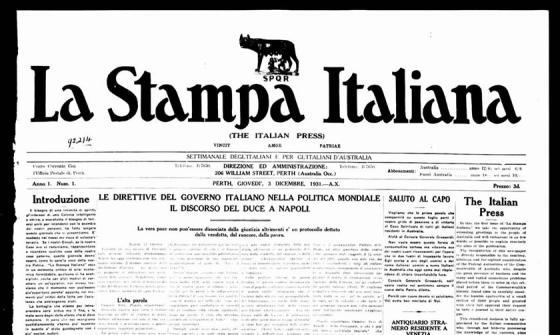
LE DIRETTIVE DEL GOVERNO ITALIANO NELLA POLITICA MONDIALE IL DISCORSO DEL DUCE A NAPOLI. (1931, December 3). Stampa Italiana = The Italian Press (Perth, WA: 1931–1932), nla.gov.au/nla.news-article249697143

Japanese Perth times, 2018, nla.gov.au/nla.news-title1386
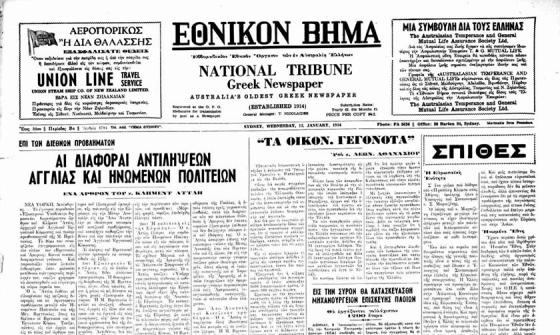
(2021). To ethnico vema : Greek national vema, nla.gov.au/nla.news-title1592
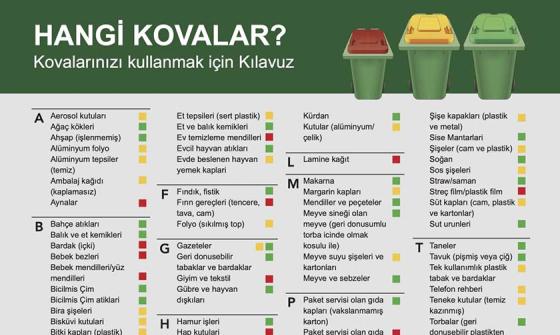
Mildura (Vic. : Rural City). Council. and Mildura (Vic. : Rural City). Council, issuing body, HANGİ KOVALAR? : Kovalarınızı kullanmak için Kılavuz, 2020, nla.gov.au/nla.obj-29635077
Introductory activities
Activity 1: Create a front page
Have students design the front page of a newspaper. Ask them to:
- create a masthead using the language being studied
- design the layout of the page
- write a headline story that grabs the attention of the reader
Activity 2: Local language newspapers
Throughout Australia, many suburbs and towns have communities who speak a language other than English. These communities are often supported by local businesses that sell products from their countries of origin and provide community newspapers.
Ask students to:
- collect a range of newspapers in languages other than English from the local community
- investigate which languages were easy to find and which were harder to access
Activity 3: News access and equity
Stage a class debate around the issue of news being increasingly accessible only through paid subscriptions.
Ask students to consider:
- how important it is to keep news and information free and accessible
- what the pros and cons are of the pay-per-view, per-article or per-issue model
Concluding activities
Activity 4: Compare news in different languages
Ask students to compare newspaper articles about the same news item. Use either of the following options, depending on the students' language proficiency:
Option A:
Have students compare:
- one article from an English-language Australian newspaper
- one article in the studied language from an Australian newspaper
Students should create a list of differences they observe and discuss why these differences might exist.
Option B:
Provide students with two articles:
- one originally published in an English-language Australian newspaper
- one originally published in the studied-language Australian newspaper, translated into English by the teacher
Ask students to identify which article came from which newspaper, based on cultural understanding, and justify their thinking. Discuss why differences may occur between them.
Activity 5: Interpreting information flow
Discuss what any differences or similarities in content might mean for the studied-language community in Australia. How could this affect how information spreads within that community?
Activity 6: Create a school newsletter
As a class, create a newsletter about the school in the language being studied. Assign different sections of the newspaper to students or groups. Sections could include:
- headlines
- sports
- weather
- local events
- school news
Use photos where appropriate and ask students to write captions. Give students deadlines and encourage them to work together on planning the layout.
Activity 7: Search the National Library Catalogue
The National Library of Australia holds more than 10 million items, with a collecting focus on Australia and its people. As a multicultural society, Australia is represented in the Library’s collections by a rich array of resources in languages other than English.
Ask students to:
- search the Library’s Catalogue
- use the ‘Language’ filter (halfway down the right-hand side of the results page) to find online resources in the language they are studying
Curriculum links
This module is aligned with the Australian Curriculum: Languages learning area for years 7–10 (Year 7 entry) sequence.
The Australian Curriculum: Languages is designed to enable all students to engage in learning a language in addition to English. The design of the Australian Curriculum: Languages recognises the features that languages share as well as the distinctiveness of specific languages.
The Australian Curriculum: Languages aims to develop the knowledge, understanding and skills to ensure students:
- communicate in the target language
- understand language, culture, and learning and their relationship, and thereby develop an intercultural capability in communication
- understand themselves as communicators.
These three aims are interrelated and provide the basis for the two organising strands: Communicating and Understanding. The three aims are common to all languages.

